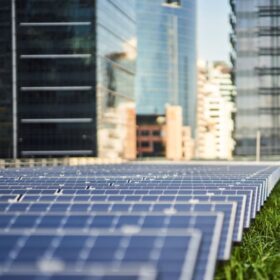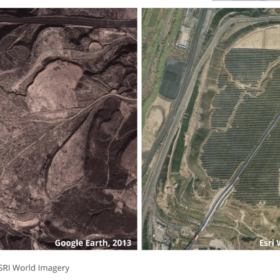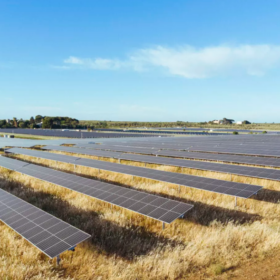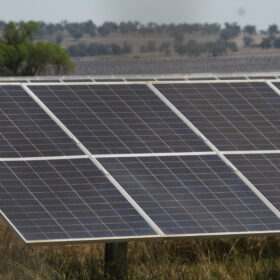30 MW of home-grown Tindo solar panels to power major water project
Adelaide-based solar panel maker Tindo will supply 30 MW of its Australian-made solar panels to power Queenland’s large-scale, 182 kilometre underground Bowen Water Pipeline project.
Future NEM reliability forecast to flounder without investment increase
AEMO forecasts potential reliability gaps as early as 2026-27 in South Australia and 2027-28 in New South Wales, based on current committed and anticipated projects, but new investment would narrow the risks.
NZ government funding to support solar farm builds
The New Zealand government will provide a local council with more than $14 million in funding to help build a 2 MW solar farm and 4 MWh battery energy storage system to reduce the community’s current reliance on diesel generators for power.
1.5 million solar panels sought in project procurement package
Procurement and works packages for what is set to be one of the largest solar farms connected to Australia’s main electricity grid are now live with developer Genex Power seeking expressions of interest from trade contractors and suppliers for the Bulli Creek Solar project.
CleanPeak completes $465 million refinancing deal
Australian renewable energy infrastructure developer and operator CleanPeak Energy has closed a $465 million portfolio debt refinancing deal enabling it to move forward on several projects expected to achieve financial close in the next 12 months.
Abandoned coalmines could host 10% of global solar capacity
A survey of mines closed since 2020 and those planned to close by 2030 present an opportunity for installing nearly 300 GW solar on already-developed lands, finds a report from Global Energy Monitor.
Tasmanian agrisolar farm gets go-ahead after 20-day approvals process
The federal government has given the go-ahead to a new 250 MW, landowner-led agrivoltaic solar farm in Tasmania, which has been designed to have minimal environmental impact and underwent a 20-day approvals process.
Two utility-scale solar projects reach $130 million financial close
European Energy has successfully reached financial close on a long-term portfolio financing package over $130 million to support the development and construction of two utility-scale solar projects based in Victoria and New South Wales.
Ace Power lands approval for WA solar, battery project
Renewable energy developer Ace Power’s plan to build a 200 MW solar farm and 200 MW battery energy storage system in Western Australia’s Wheatbelt region is a step closer to realisation after the hybrid project was awarded development approval by the state government.
Philippines reveals timeline for 10 GW renewables auction
The Philippines government has kicked off its fourth green energy auction (GEA-4), targeting more than 10 GW of solar and wind capacity.










